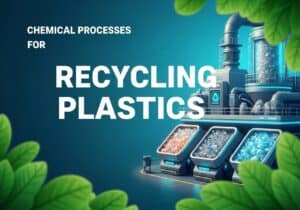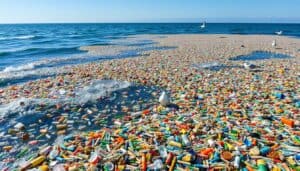
Chemical Processes For Recycling Plastics
As global plastic waste reaches staggering levels—an estimated 380 million tons produced annually, with only 9% recycled—the urgency for effective
Plastics are synthetic materials made from polymers, which are long chains of molecules derived from petrochemicals or renewable resources. They are widely used in product design and manufacturing due to their versatility, durability, and cost-effectiveness, allowing for innovative applications across various industries. The ongoing research and development in plastics aim to enhance their properties, reduce environmental impact, and promote sustainable practices in production and disposal.

As global plastic waste reaches staggering levels—an estimated 380 million tons produced annually, with only 9% recycled—the urgency for effective

The most complete table to identify simple plastics.Identifying the exact composition of an unknown plastic sample can seem daunting, but

This week: CO2-responsive, Plugging Gel, Polyethyleneimine, Silica, nanofillers, piezoelectric, P(VDF-TrFE), nanocomposite, Nanoarchitectonics, food packaging, materials, methods, shrinkage, hybrid fiber-reinforced, recycled

Did you know thermosetting plastics like epoxy resins are more heat resistant after curing? They are also more chemically stable

The term “plastic continent” brings to mind huge areas of ocean trash. It shows a serious pollution problem. Since the

Due to their performance yet cheap price, plastic bottles are the highest volume of consumable plastic parts produced, which converts

No plastics design theory, just plenty of illustrated examples of the most common plastic design features achievable with injection molding.
{{title}}
{% if excerpt %}{{ excerpt | truncatewords: 55 }}
{% endif %}